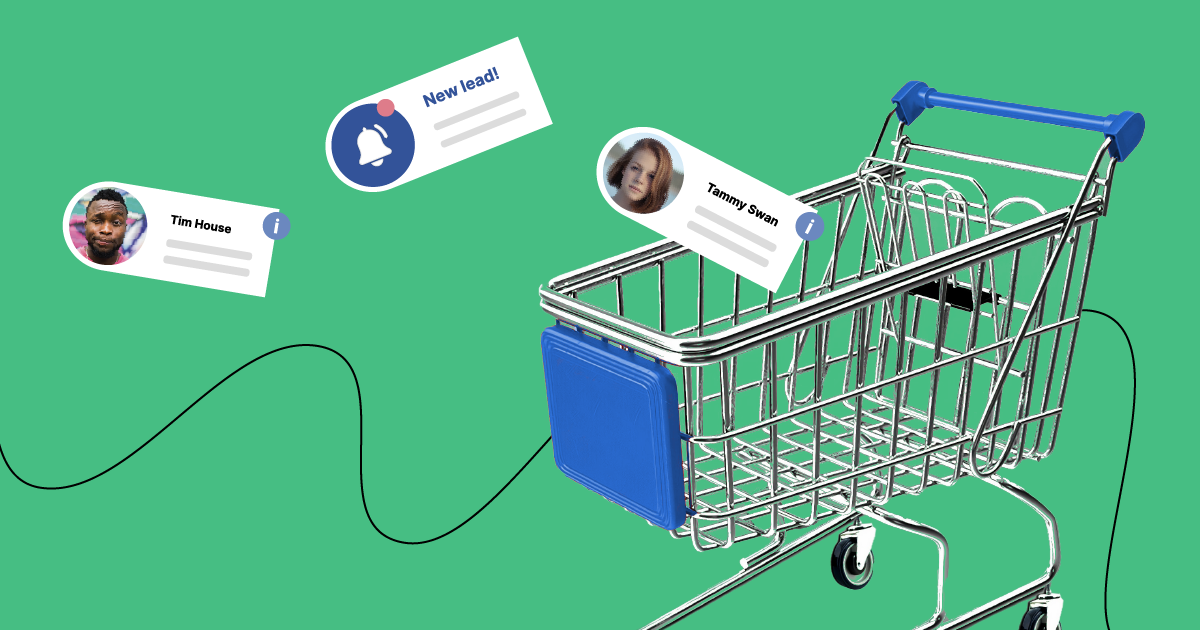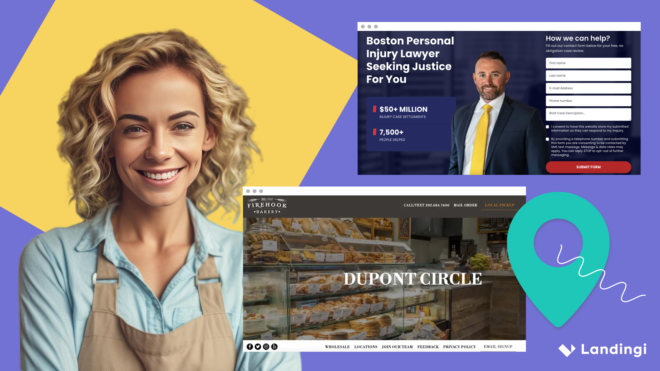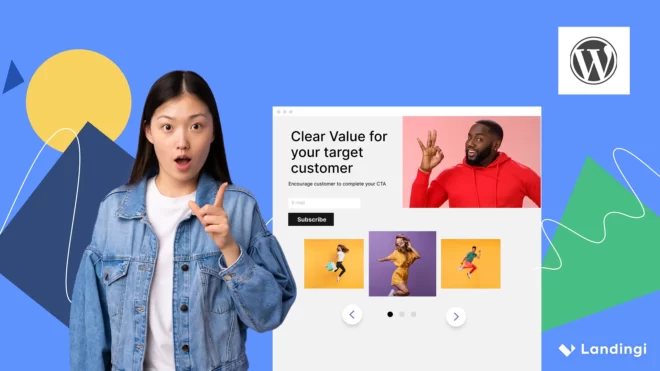It may seem to be not-so-obvious to use landing pages in e-commerce, although this kind of business uses many internet tools successfully. It makes landing pages underrated in e-commerce. However, it is a great loss, because these pages can help with sales increasing and customers acquisition.
So, make yourself a big cup of coffee… and get up! It’s high time to awaken landing pages’ potential for your online business.
How can landing page be used in e-commerce?
The main purpose of an e-commerce landing page is to increase sales by encouraging customers to make a purchase. With this in mind, landing page presents products, offers and promotion information. It can be made with more direct methods or nonobvious and indirect ones. In the first case, landing page becomes a product page. In the second case, it focuses on information, not sales. Let’s see how to use the full potential of landing pages in e-commerce.
Ways of using landing pages in e-commerce:
- as a product or category page
- as a click-through page (redirection)
- as a tool for subscribers base building
- as an advertisement of special offer
Make your sections smartable and let go of mundane manual tasks with Smart Sections! An easy way to manage bulk changes.
Landing page in e-commerce as a product page
Let us start with a sales-focused landing page. It has just one job to do: show uniqueness of a product and its usage. Graphics are based on a simple project and matching product images. With the possibility of integrating landing page with payment systems (PayPal, Przelewy24, PayU), purchase can be easy and quick.
Does it sound like a description of one of your online shop subpages? Almost! There are significantly less distractions on a landing page. There is no menu, categories, external redirections, blog, contact data tab nor shipping information. In an online shop a potential customer has many opportunities to leave path-to-purchase made for them. A good landing page doesn’t bother with such options. It creates a customer’s journey from A to Z. With a proper flow, it makes customer focus on one particular product or service and leads them to purchase.
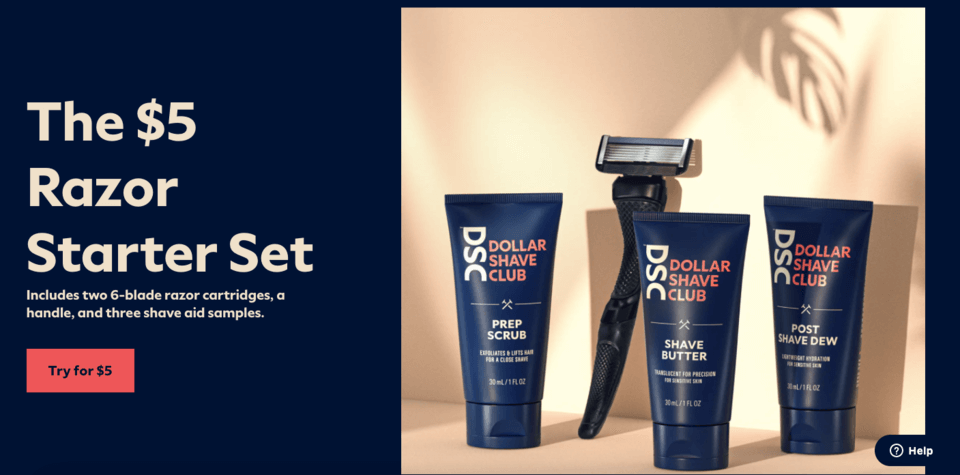
On a landing page, customer’s actions are focused on just ONE GOAL – that’s why it is possible to get a higher conversion rate.
Landing page as a click-through
What makes click-through landing page distinguish is lack of a form. There is one CTA button redirecting to an external website though. Click-through landing page shows product and shop’s offer, announces upcoming promotion. It is often related to a special marketing action, e.g. for Valentine’s Day, Black Friday, Mother’s Day.
Click-through means that a landing page goes as a go-between for advertisement and shopping cart. It is a part of first stages of the sales funnel. It builds customers’ awareness of a product and offer and leads them to another step: to an online shop where users continue their purchase path.
Landing page as a tool for contact base building
Using landing pages for collecting contact data is the most indirect (though sadly undervalued) method of sales.
Landing page works well as a tool for developing brand or product identification, by reaching those users who may become potential customers. Hence, it is a part of lead generation process and also of lead nurturing. With landing page it is possible to build a contact base of people interested in our offer and we are able to keep in contact with them by email marketing, e.g. sending newsletters with latest offers. That way, we encourage potential customers to later come back, use our offer (if they hadn’t used it to-date), search for information about our products, and moreover to buy and boost the conversion.
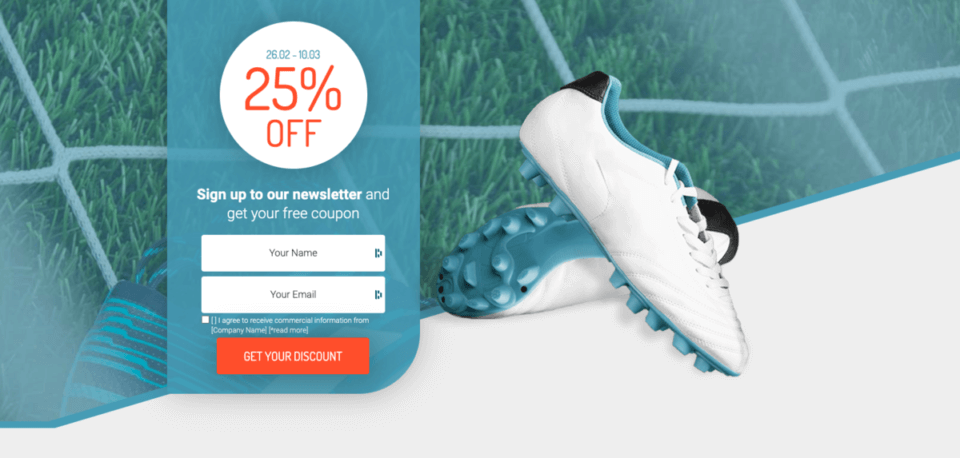
To make users keener on sharing their email addresses, it is worth giving them something in return. It should be a tangible (and free) benefit: e.g. a discount voucher, code or an e-book. Thanks to that, it is easier and less effortful for a customer to perform an action we expect.
One more option for advertising your brand and product, followed by leads base building, is organizing a contest. This is a time-limited advertising action and landing page suits here perfectly: it presents event rules and promises something in return for entering a contest. Users would participate in it keenly. With great prize promised there would be no objections for users to share their data in higher than usual amount.
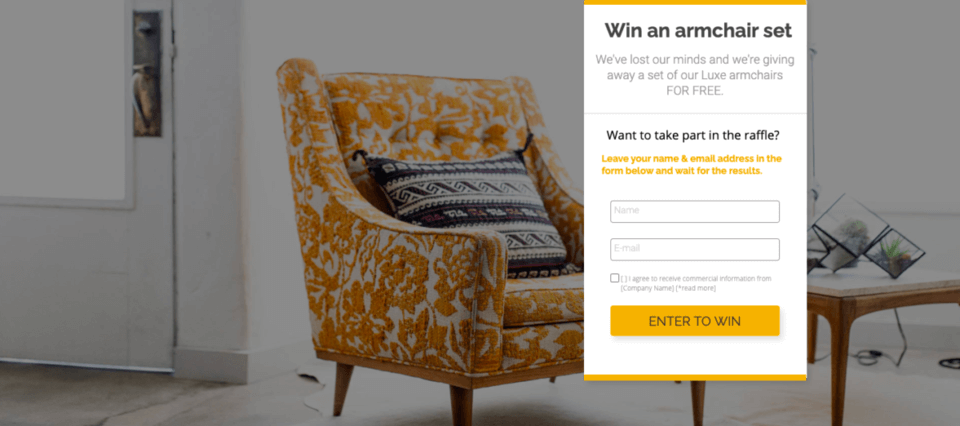
Possibility of contact with customers should be essential for marketing specialists and business owners. There is a reason why communication is called the most important part of any relationship. Landing page backs such processes, building contact bases, extending them, and then enabling to maintain contacts. Landing pages are created to support activities at every stage of the sales funnel: from the very beginning of users’ awareness, through lead generation, lead nurturing and purchase intent, up to loyalty gaining.
Get the most out of your campaign with pop-ups!
Landing pages are often complemented (especially in e-commerce) with pop-ups. Those windows keep customers on a page, turn them back from the way out and create one more chance for conversion. What’s more, Landingi made pop-ups which can be implemented not only in our landing pages, but also in external online shops. You can use them regardless of our platform, and get leads wherever you wish!
Pop-ups in e-commerce
Pop-ups in online shops work really well when the majority of traffic comes from comparison shopping websites, Google Shopping or social media. In that situation customers can learn about the context of what you offer.
Imagine, a customer is looking for a washing machine. They search for “top-loading washing machine”. As a result they see comparison shopping websites, products suggested by Google Shopping and few links redirecting to a product page in an online shop. Similar link building may happen through Facebook or Instagram. By clicking on any of those links customer lands right on a product page, not your homepage. So, if you inform about 20%-discount-code for the first order at your homepage, the customer may miss it out. Sadly, because such promotion might increase the chance of the customer making the purchase! This is a space for pop-up to shine. Implement on a product page an exit intent pop-up, inform about the promotion, encourage to sign up for a newsletter and win twice: the customer will buy a washing machine and you will get their email address with an opportunity to start email marketing and continue the communication.
Pop-ups created in Landingi can be adjusted easily, not only in visual manner. Trouble-free, you can add them to codes already implemented in your online shop. You can use them on selected subpages, limiting promotion to a few products or categories. Of course, you can use them on every product page as an encouragement to sign up for a newsletter. But don’t attack users with such message after two seconds of their visit in your shop. Give them some time to learn about your offer and its value. To free you from worrying where pop-up leads go, Landingi can send them to any place: your CRM system, email inbox or email marketing system.

Would you like to use some innovative solutions? Add to your pop-up a checkbox with marketing agreements and take advantage of marketing automation. Marketing activities based on software and data-collecting tools allow you to analyse your customers, plan posts, automate interactions with recipients. With such software and knowledge of customers’ interests, you are able to offer complementary products in emails and newsletters. After all, a washing machine should be complemented with a tumble dryer, ironing board or washing powders.
An interesting and highly effective way of pop-up usage is showing it when a customer plans to abandon their shopping cart. Not every cart deserves a pop-up, but when its value is higher-than-average it would be a great loss to not turn back that user. When their cursor makes its way to an X closing a browser, stop them with exit intent pop-up. Make an offer they can’t refuse: single-use discount, valid for one hour, only for this user. Cart abandonment rate will start going down.
You can achieve one more thing with pop-ups, both on online shop subpages and on product landing pages. By data analysing, you can learn what are your customers’ interests, which subpage or product they view most often. That way, you are able to research the market and your target group, and moreover, adjust products and ads to your customers.
Pop-ups triggers
Pop-ups may be activated with various triggers. The most popular one is exit intent pop-up, already mentioned. It is shown when user’s intent is to close a website. It makes customers stay on your page for longer. This is the last chance to get a lead and convert. It is a good practice to implement exit intent pop-ups on shopping cart pages and product pages, communicating a special, limited offer.

If you want to offer something extra earlier than just before quitting the page, use pop-up triggered after scheduled time. Landingi offer pop-ups which can be shown e.g. after 30 second of visit or after scrolling some percentage of the page. It allows users to get familiar with page content but doesn’t give them time to decide to close a browser.
Frequency of pop-ups also can be adjustable. Seeing them during every visit on a page may be annoying for a user. So, why not to wait for their third visit and encourage them with a message ‘Hey! You’ve already visited our page three times. Maybe it is a good moment to buy a washing machine?’ That way you make an impression that you speak directly to a user. It results in trust and warmer feelings for your offer. Well-nursed customer is more likely to make a purchase!
Landingi offers one more pop-ups trigger, also implementable in your online shop. Pop-up window may be triggered with a button. How to use it? Imagine that you think about introducing new super-irons to your offer, but you don’t know what interest you can expect. Prepare content of a landing page or subpage and describe advantages of irons. Add a button encouraging to learn about details or even to make a purchase, e.g. ‘Learn more’ or ‘Meet Super Iron’. It will trigger a pop-up with a message: ‘Super Irons will be found in our shop soon! Leave your email address so we can inform you about their arrival. Thanks to that you will be one of the first who get this state-of-the-art equipment!’. Then… click! Your mailing base receives one more address and you know how many potential customers are interested in your new product.
It’s worth it!
Using effective tools is crucial for your development in e-commerce. Landing pages are a great example of activities increasing your success in sales. With pop-ups’ possibilities they build brand and product recognition on the market, lead customers through the sales funnel, take care of communication and increase conversion rate. Finally, they lead to purchase. Landingi offers a tool to take care of your e-commerce comprehensively.

